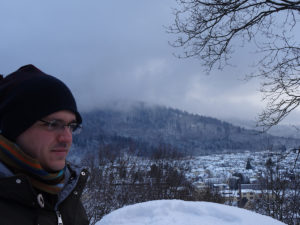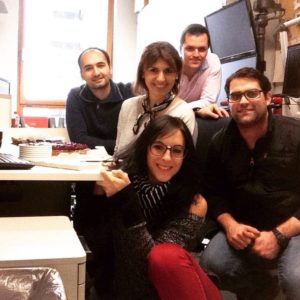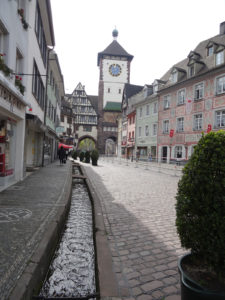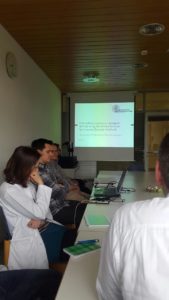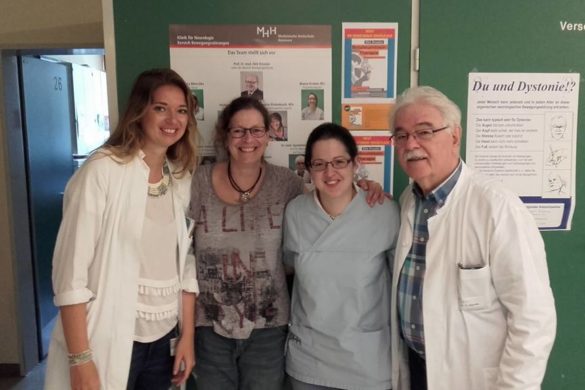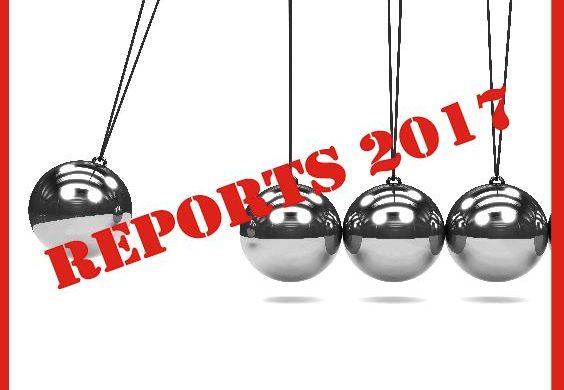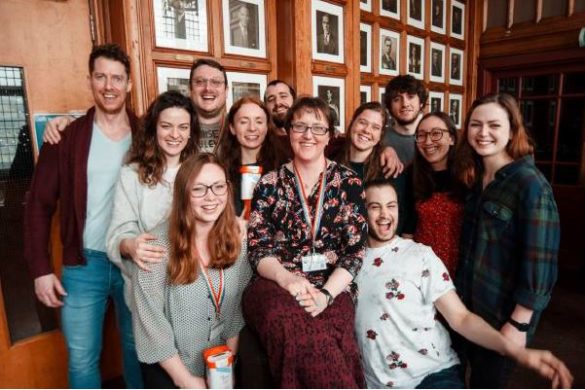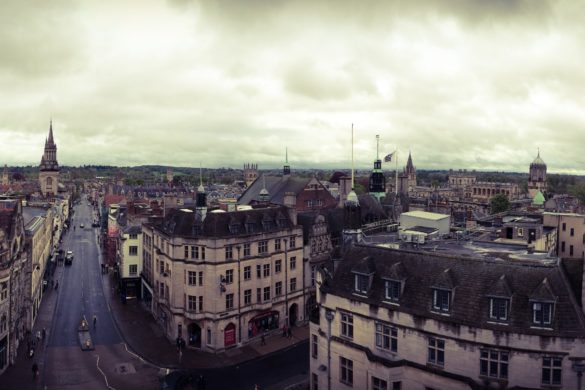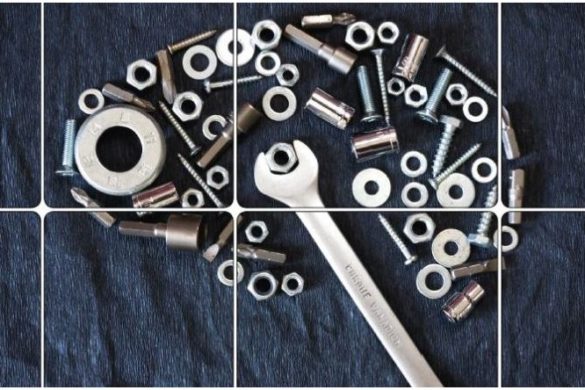It was a great honor for me to be awarded with the EAN Research experience fellowship. I spend the six months at the Epilepsy Center of University Hospital Freiburg, Germany. My project’s title was “EEG-fMRI localization of epileptic activity using advanced analysis techniques (Grouiller-Method)”.
During this period I had the opportunity to study and understand many aspects of the problems related to seizure and epileptic focus localization in modern epileptology. Focus localization and the development of non-invasive methods to precisely localize the epileptic activity and foci involved in seizure generation, in order to properly and accurate remove them, is currently one of the most important area in epilepsy research. Developing non-invasive methods would reduce risks for patients and costs for healthcare systems as well as the need for complex and advanced clinical settings needed for invasive technics (operations rooms, neurosurgery teams, intensive care units), which will allow a widely application of these methods in epilepsy patients.
During my research project I was involved in retrospectively selecting patients with focal epilepsy diagnosed with invasive or non-invasive technics and used the method proposed by Grouiller et al. (Grouiller F, Thornton RC, Groening K, et al. With or without spikes: localization of focal epileptic activity by simultaneous electroencephalography and functional magnetic resonance imaging. Brain. 134(Pt 10), 2867-86 [2011]) to study its ability in focus localization as well as possible factors which could improve its effectiveness. Studying patients database, I was able to come in contact with the methods used in focus localization (icEEG, MRI, SPECT, PET etc) as well as the process followed, the problems arising and the proposed solutions and approaches. I better understood decision-taking methods and surgical planning.
Further, using long-term EEG to detect interictal epileptic activity I spend a great part of my time here reviewing long term EEGs, which greatly improved my understanding for normal and pathological EEG waveforms and activations as well as the problems and approaches to better evaluate findings of long term recordings. The use of fMRI for detection of BOLD signal changes related to epileptic activity gave me the opportunity to familiarize with this method, understanding its abilities and restrictions in epileptic focus localization, study the most up-to-date literature regarding ongoing research in the field and getting an idea of its possible applications in near future.
During this period of time I came in contact not only with the method proposed by Grouiller et al. but also with other methods used for focus localization. Fully understanding the nature and the problems related with various methods in that short period of time was of course not feasible, however during my research work in the center I acquired some useful insights for each method as well as the current problematic in epileptology, which also motivated me to be further involved in this area. I had the possibility to attend meetings and conferences dealing with the most advanced subjects in the field.
Beside my research project, I had the possibility to familiarize with advanced methods of diagnosis and treatment of epilepsy in clinical settings. I was able to attend multidisciplinary meetings as well as conferences and understanding the approaches and decision-making process followed in an advance center to deal with the most difficult cases of the disease.
Further, I also had the unique opportunity to improve my knowledge in German language, come in touch with people and culture of this beautiful area of Germany, as well as with colleagues from all over the world working in Epilepsy research in Freiburg. Thanks to EAN, I had the opportunity to spend six months in a beautiful city, gaining valuable experiences and enjoying every moment of my stay in Freiburg.
I would like to thank Professor A. Schulze-Bonhage for accepting me here and giving me the opportunity and his precious advice during my work with this project. I would also like to specially thank Matthias Dümpelmann, Pierre LeVan and Dengfeng Huang for their help and their guidance. And I would like to express my gratitude to all those people in the clinic who made me feel comfortable and welcome during all these months. And of course EAN for make all these possible for me!

